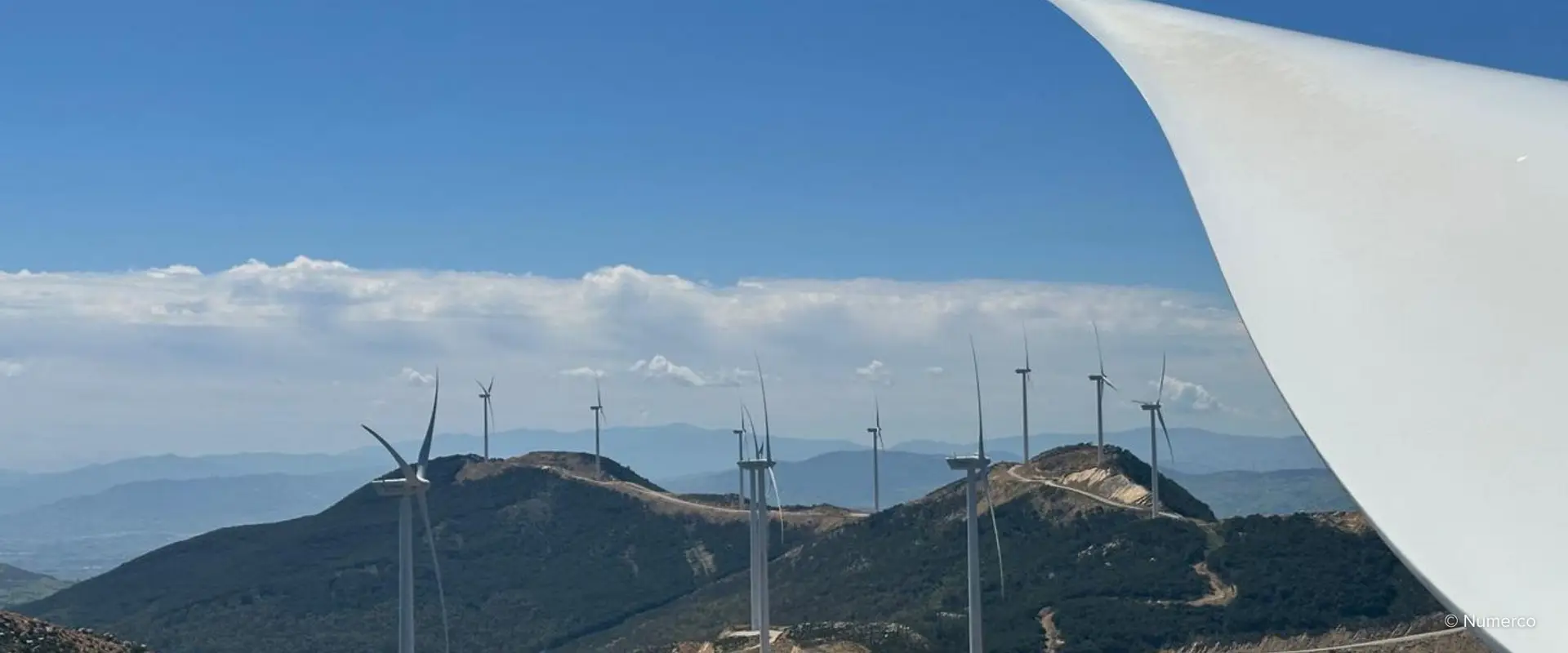
[Video] Overview of the Khalladi Wind Farm in Morocco
The video shows the inauguration of the Khalladi Wind Farm in Morocco. This project provides clean energy to industrial companies, supporting Morocco’s move towards renewable

The video shows the inauguration of the Khalladi Wind Farm in Morocco. This project provides clean energy to industrial companies, supporting Morocco’s move towards renewable
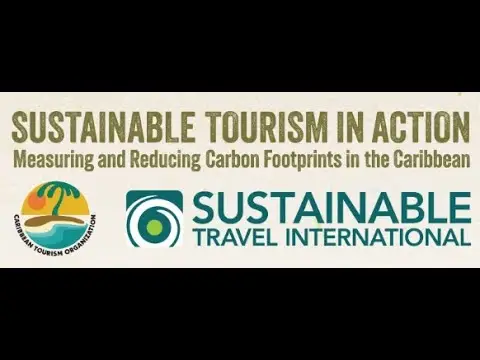
The Caribbean’s natural beauty and cultural heritage make it a top travel destination, but unmanaged tourism growth poses sustainability challenges. In St. Kitts, where tourism
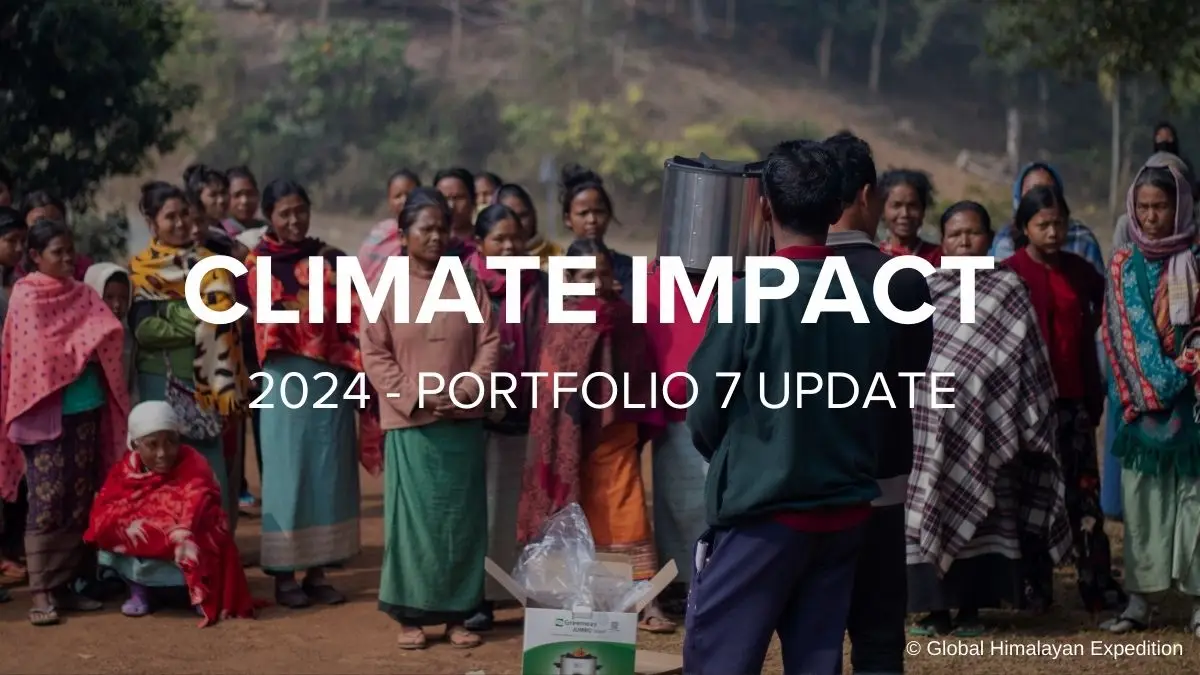
Our seventh Climate Impact Portfolio of 2024, released on December 25, 2024, supports six carbon offset projects around the world. Read on to learn more
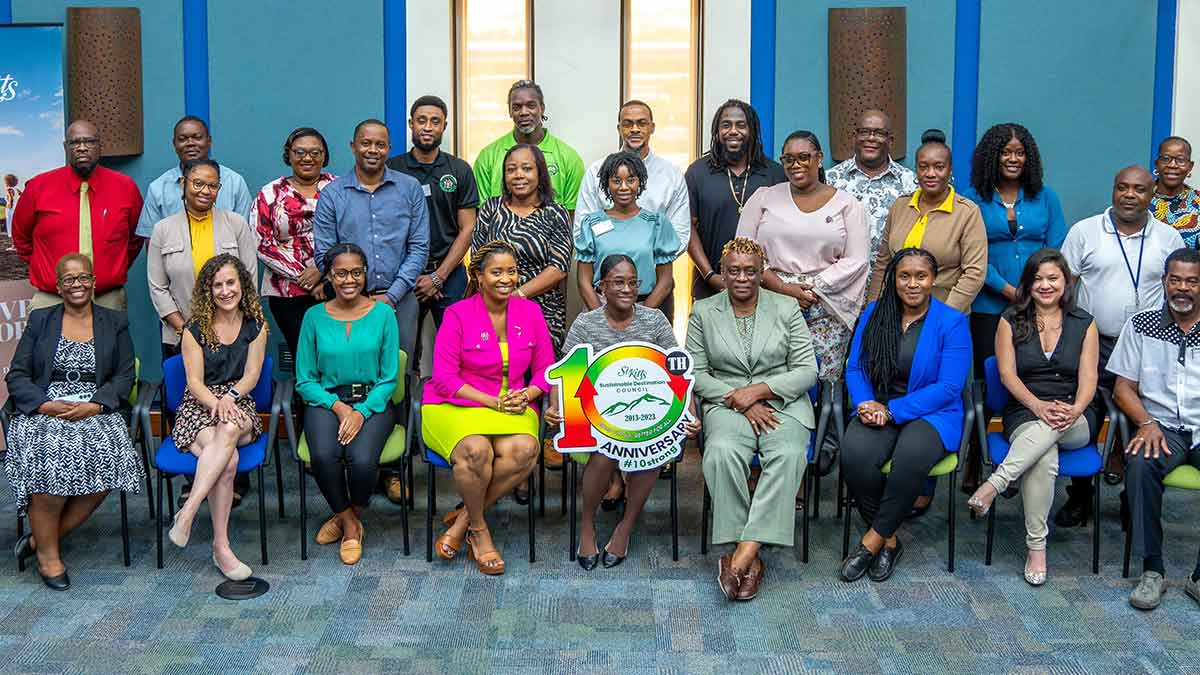
As we reflect on 2024, we’re proud of the strides we made toward advancing responsible tourism across the globe. From fostering inclusive climate action to
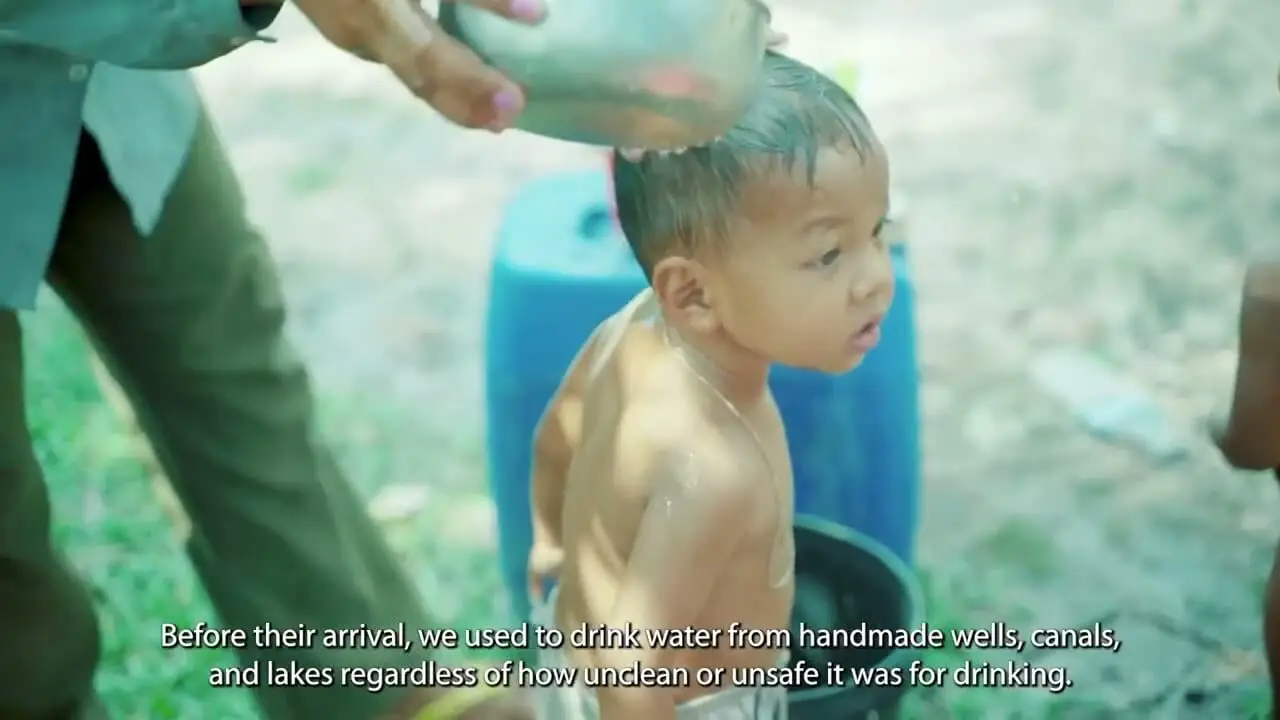
Before the Southern Cardamom project, communities drank unsafe water from canals, handmade wells, and lakes. Thanks to the funding from carbon offsets, the project has

The Chorng Indigenous people have lived in the Cardamom Mountains for decades and are considered essential to preserving these forest areas. Their cultural heritage was
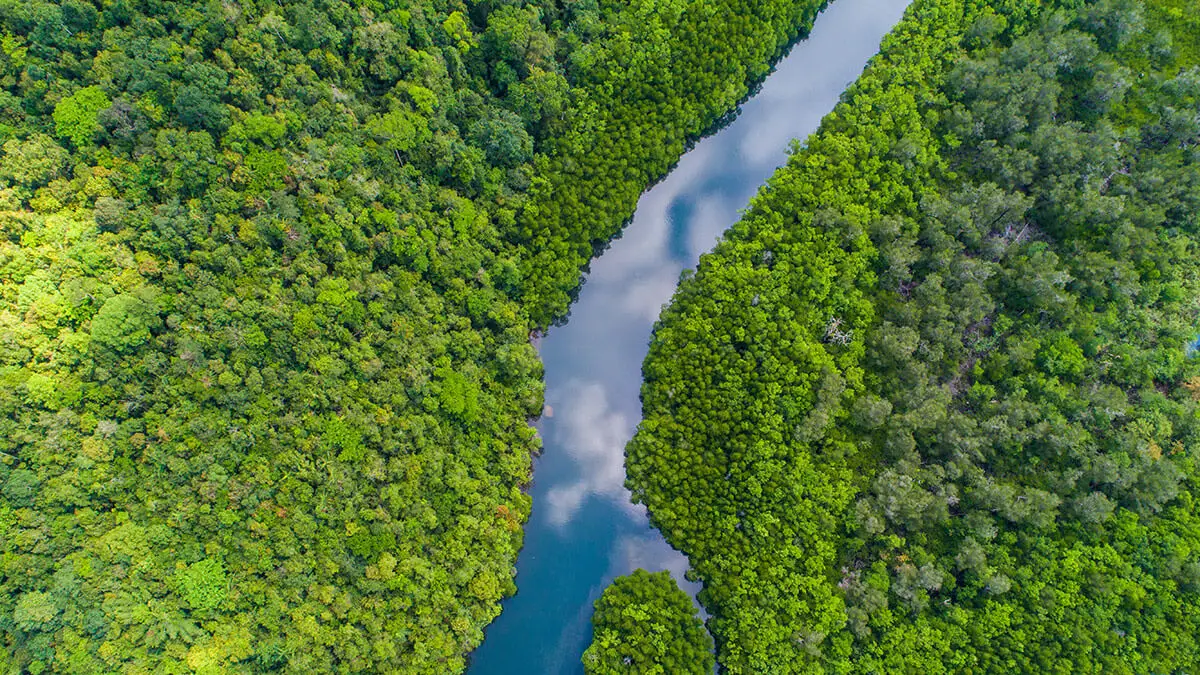
From subalpine conifer forests to lush tropical rainforests, forests cover nearly one-third of the earth’s land surface. But as people burn and chop down massive amounts of trees, this forest coverage is rapidly dwindling. In 2020, a football field-sized area of tropical forest was lost every four seconds. As our...
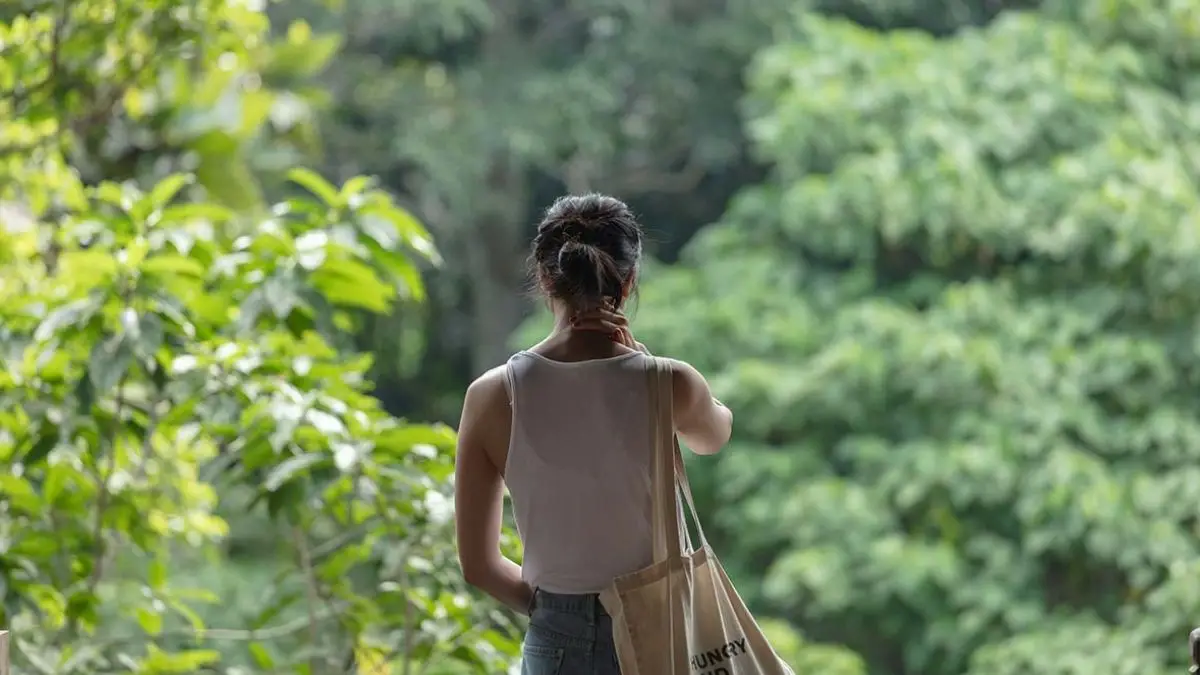
This event already happened – Click here to view the recording Have you heard about carbon offsetting but still have questions or don’t know where to begin? In recent years, tourism has come under heightened scrutiny for its contribution to the climate emergency and as a result, more attention has...
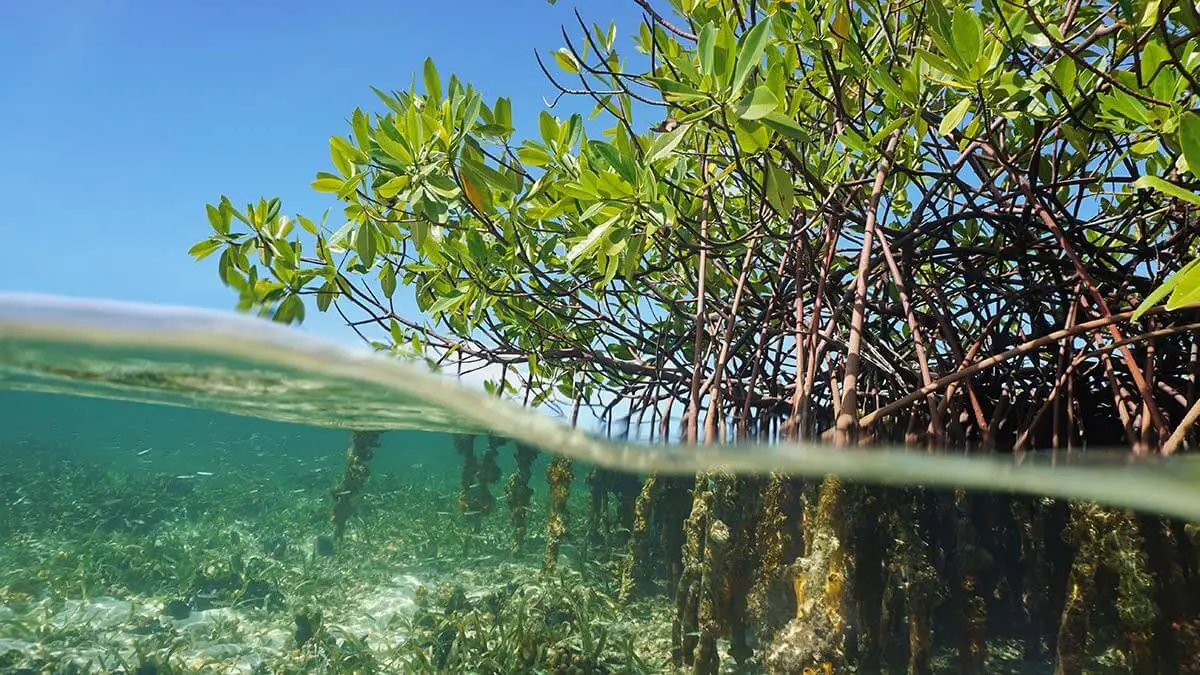
It is well known that forests help fight climate change, but ocean and coastal ecosystems are also highly effective carbon sinks. Blue carbon refers to the carbon that is captured and stored by coastal ecosystems, such as mangroves, seagrass meadows, and salt marshes. Although they cover less area than forests,...